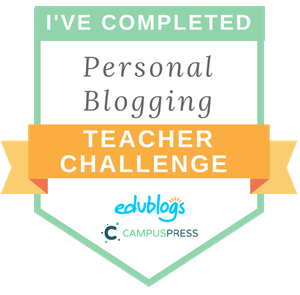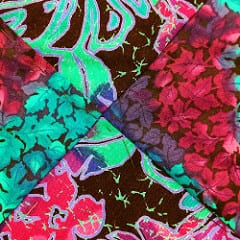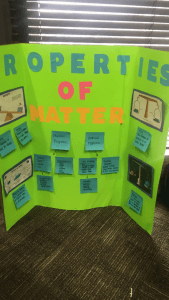
Creating videos
I embedded this video that features facts about animals and plants that live in the desert. I used this video as one of my processes in my webquest.
Creative Commons

Photo Credit: <a href=”https://www.flickr.com/photos/79427691@N00/26244837323/”>Barrett Web Coordinator</a> Flickr via <a href=”http://compfight.com”>Compfight</a> <a href=”https://creativecommons.org/licenses/by/2.0/”>cc</a>
I found this colorful picture using creative commons.
S2S conference
S2S presentation
Our presentation is about what comes next when planning for college. We discuss the pros and cons of community college vs. four year universities. We also discuss planning for college, such as expenses and tips for getting into college.
Webquest
I recently created a webquest called, “All About Deserts”. In this webquest, students would be assigned a task and to follow along with the processes to complete it. The task for this webquest would be exploring the habitat of deserts. Students would go through three processes, which are discovering the different types of deserts from all over the world, learning interesting facts about the desert, and learning about which animals and plants can be found in the desert. Students would be able to complete activity sheets that go along with each process. They would read through various websites and watch a video to answer the questions. I think webquest is a great way for students to nagivate through technology to find new information about interesting topics.
Properties of Matter
Today, me and my partner conducted a science activity in class. Our topic was on properties of matter. We created a poster that showed the physical properties and chemical properties of matter. We discussed what properties of density are, such as mass and volume. To demonstrate density, we demonstrated an egg sink or float activity using salt. We had the class predict if the egg would sink or float with the salt. We showed that the egg was able to float with the salt because salt water has higher density than regular water. We also had a second activity in which students would be given bags of various objects. They would be observing the materials and filling out a chart to determine the objects’ different physical properties, such as hardness, texture, shape, color, and flexibility. Through these activities, students would be able to further understand what the physical properties of matter consist of, which would be density, hardness, texture, etc.

Hello world!
Welcome to your brand new blog at Edublogs!
To get started, simply visit your blog’s dashboard, edit or delete this post and check out all the other options available to you.
Like more help?
We can walk you through step-by-step in our guide to getting started with your blog.
Happy blogging!